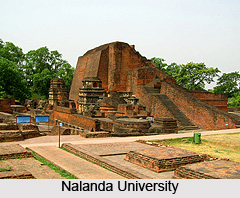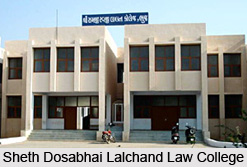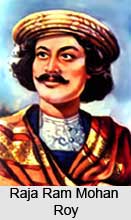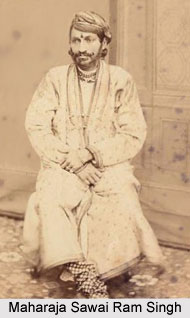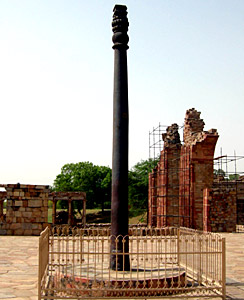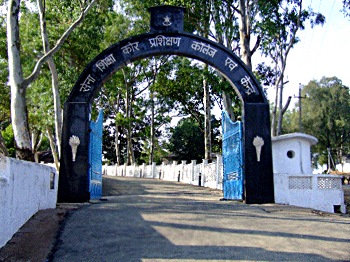Nineteenth century saw the uprising of various literatures written for women of India. Thus in the year 1869 Laksmi-Sarasvati Samvad came into being as one of the influential books on female education. The literary work which hereafter called LSS shared aimed with an objective directed towards the Hindu girls and women of the Punjab. The original version of Laksmi-Sarasvati Samvad consisted of two parts. The first part comprised twenty, and the second part consisted of forty-four pages. A second edition of the literary work followed in the year 1873. Thus LSS was officially approved as a textbook and incorporated into the syllabus for Hindi primary schools by the Punjab Textbook Committee in 1883.
Laksmi-Sarasvati Samvad is a work that had been comprised in an extremely motivating way. As the title indicates, it comprises a dialogue between Laksmi, the goddess of wealth, and Sarasvati, the goddess of learning. This process provided a traditional aspect to the book. The book gained proverbial among both literate and illiterate women through their acquaintance with vrat-kathas, and similar religious texts. The instructions were given through the Hindu goddess of learning and Laksmi assuming the role of the pupil. The book conveyed a clear message that wealth and prosperity could only be achieved through knowledge and learning. Knowledge is the means to attain salvation and higher wisdom.
During that period the conservative Hindu was reluctant to female education. However, this concept started changing with the views expressed in the Laksmi-Sarasvati Samvad The first part of Laksmi-Sarasvati Samvad is devoted to nitisiksa, `education in moral conduct`. In it, Sarasvati advises Laksmi in proper conduct for females and relates a number of exemplary moral tales. This illustrates the most important virtues expected in a girl that include truthfulness, honesty, compassion, modesty and respect towards her elders, loving devotion towards her husband.
Accordingly, the focus of the book was clearly on the girl`s or women`s familial roles. LSS also consists a chapter where Sarasvati turns to the female virtue of zeal to offer concrete advice on how a girl should make the best use of her time. According to the text, twenty-four hours of the day should be divided in the following manner: four hours for study, four hours for crafts and needlework, six hours of sleep, two hours for bodily hygiene and eating, eight hours of leisure to be spent with female companions in play, conversation or physical exercise. A slightly different time-schedule was proposed for the married woman including her particular needs and duties: one hour for bodily hygiene and prayer (puja), four hours for cooking and eating, three hours for the various household chores, two hours of study, two hours for craft and needlework, four hours for social visits to family members and friends. The time schedule is also divided for the instruction of children, seven hours of rest and sleep. Thus a balance between the leisure and learning of a girl was aimed. The book was dealt in a manner that stated that women`s learning must not end with marriage.
The Laksmi-Sarasvati Samvad proposed a scientific objectivity and presented certain facts that it sticks to empirical facts, supported by quantities and numerical data wherever appropriate. A major portion of the book is directed to the description of the surface of the earth with its various oceans, continents, countries and geographical regions. It was done so that the girl should be able to recognize and place them in the right context. In this manner, the textbook certainly served to create a greater awareness among women regarding both their immediate surroundings and the world beyond it. The textbook counteracted ignorance and superstition by providing scientific explanations of natural phenomena.
